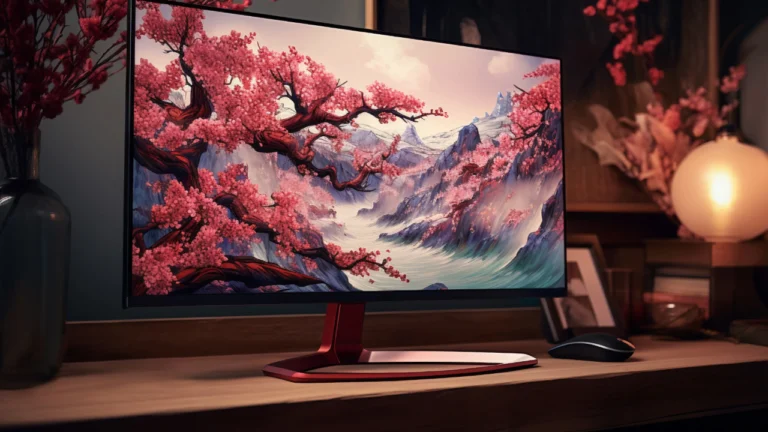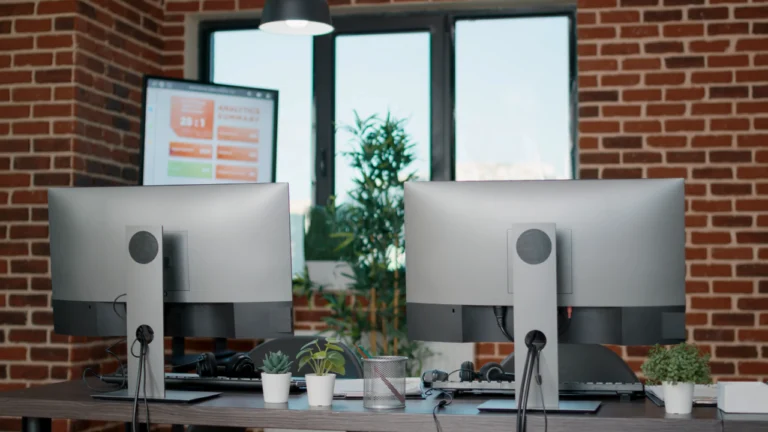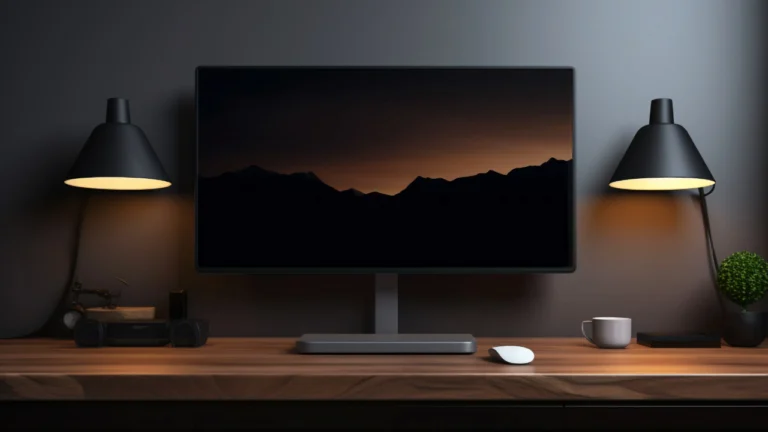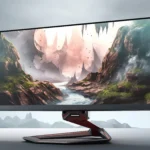Are Curved Monitors Better for Your Eyes?
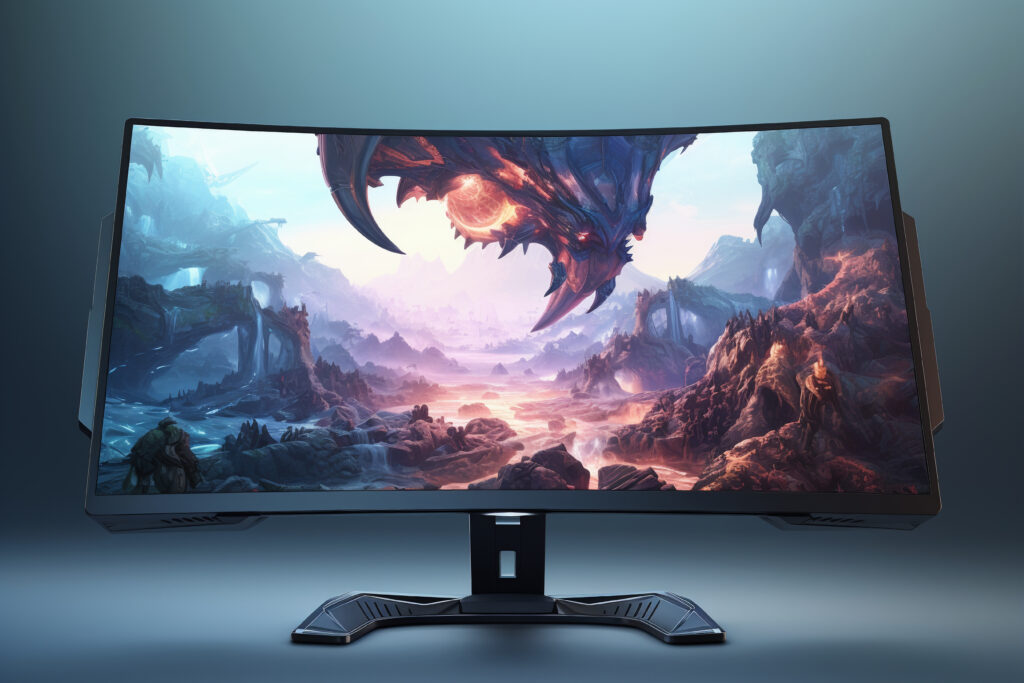
In recent years, curved monitors have gained popularity, particularly among gamers, professionals, and creative users. With their immersive design and enhanced visual experience, these monitors promise a more comfortable and natural viewing experience. But an important question remains: are curved monitors actually better for your eyes?
To answer this, we will explore the science behind curved monitors, compare them to flat screens, and analyze their impact on eye health and comfort.
Understanding Curved Monitors
A curved monitor is designed with a slight bend that mimics the curvature of the human eye, typically with a curvature rating like 1800R, 3000R, or 4000R. The lower the number, the more pronounced the curve. The idea behind this design is to create a more natural field of view, reducing the need for constant head and eye movement, which can lead to eye strain and discomfort over time.
How Curved Monitors Differ from Flat Monitors
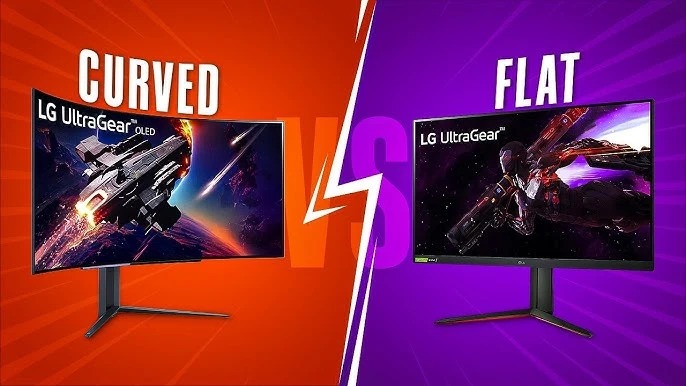
The primary difference between curved and flat monitors lies in the way they present visuals. A flat-screen monitor projects images in a straight line, which can create distortion at the edges when viewed up close. In contrast, a curved screen wraps around the user’s field of vision, providing a more uniform viewing distance from the screen to the eyes. This design aims to minimize distortion, reduce glare, and enhance visual comfort.
The Impact of Curved Monitors on Eye Health
1. Reduced Eye Strain
One of the biggest concerns with prolonged screen use is eye strain, which results from excessive focus and exposure to blue light. Curved monitors help alleviate eye strain in several ways:
- Less Eye Movement: Since the curvature of the screen matches the natural shape of the human eye, users experience less need to move their eyes across the screen to view content. This can reduce muscle fatigue and improve overall comfort.
- Even Focal Distance: Unlike flat screens where the edges can appear farther away than the center, curved monitors maintain a consistent viewing distance. This reduces the need for the eyes to constantly adjust focus, which can contribute to less strain over time.
2. Minimized Glare and Reflections
Glare and reflections are common causes of eye discomfort, especially in brightly lit environments. The curved design of these monitors helps direct light away from the viewer’s eyes, reducing unwanted reflections and making it easier to see content without straining. This is particularly beneficial for people who work in office environments with overhead lighting or multiple light sources.
3. Better Peripheral Vision Support
Curved monitors provide a more immersive experience by encompassing a wider field of view. This means that users don’t have to shift their eyes as much to see content at the edges of the screen. The effect is similar to how we naturally perceive the world, which can help reduce visual fatigue over long hours of use.
4. Improved Contrast and Depth Perception
The way curved monitors display images can enhance contrast and depth perception. Since the screen wraps around the field of vision, the light emitted remains more consistent across the screen. This leads to less distortion and more natural-looking visuals, reducing the cognitive effort required to process images and text.
Who Benefits the Most from Curved Monitors?
While curved monitors offer several eye-friendly benefits, their impact can vary depending on how they are used and the type of user.
Gamers
Gamers often spend extended periods in front of their screens, making them more susceptible to eye strain. The immersive design of curved monitors reduces the need for excessive eye movement, making gaming sessions more comfortable. Additionally, many curved monitors come with high refresh rates and adaptive sync technology, which helps reduce screen tearing and motion blur, further improving eye comfort.
Professionals and Creative Users
Graphic designers, video editors, and content creators benefit from curved monitors due to their enhanced visual accuracy and reduced distortion. The ability to see the entire screen with minimal head movement makes tasks like video editing and digital art more comfortable over long periods.
Office Workers
For those working in office settings, especially those who use multiple monitors, curved screens can help create a seamless visual experience. When used in a dual-monitor setup, curved screens provide a more natural transition between displays, reducing the strain of moving focus between separate screens.
Potential Drawbacks of Curved Monitors
Despite their advantages, curved monitors may not be the perfect solution for everyone. Some of the potential drawbacks include:
1. Cost
Curved monitors tend to be more expensive than their flat counterparts, particularly those with high resolutions and larger screen sizes. While they provide better eye comfort, the cost might not justify the benefits for casual users who do not spend long hours in front of the screen.
2. Viewing Angles
Unlike flat monitors, which can be easily viewed from different angles, curved screens have optimal viewing positions. If multiple people are watching the same screen from different angles, distortion may occur at the edges.
3. Space Requirements
Curved monitors typically require more desk space due to their shape. Users with limited desk space might find it challenging to accommodate a large curved display, especially in a multi-monitor setup.
4. Adjustment Period
Switching from a flat screen to a curved monitor can take some time to get used to. Some users may initially experience mild discomfort or dizziness as their eyes adjust to the new viewing perspective.
Conclusion: Are Curved Monitors Worth It for Your Eyes?
Overall, curved monitors offer several advantages that can make them better for eye health compared to flat monitors. They help reduce eye strain, minimize glare, provide a more immersive experience, and improve focus by maintaining a consistent focal distance. However, their benefits are most noticeable for users who spend long hours in front of the screen, such as gamers, creative professionals, and office workers.
For casual users, the differences may not be as significant, and a high-quality flat-screen monitor with proper ergonomics, blue light filters, and anti-glare coatings can provide a comfortable viewing experience.
Ultimately, the choice between a curved and flat monitor comes down to personal preference, use case, and budget. If you value an immersive experience and reduced eye strain, investing in a curved monitor could be a worthwhile decision.


